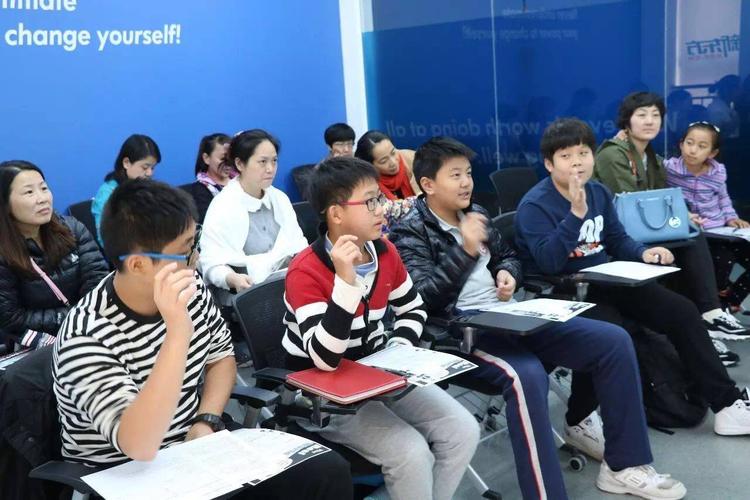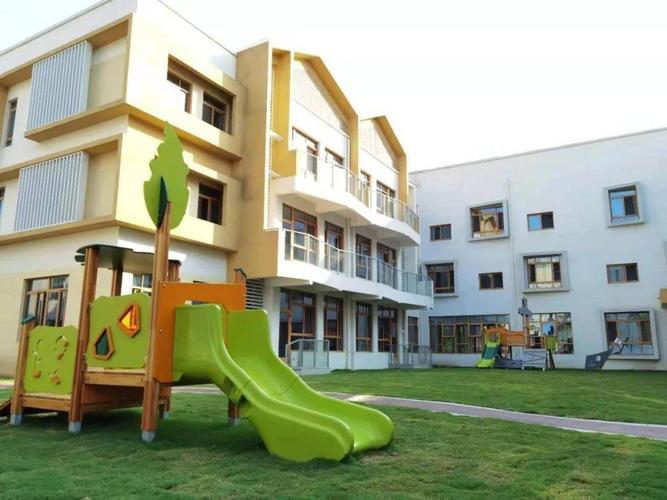英语实验班六上电子书
English experimental classes represent a dynamic approach to language learning, often designed to immerse students in authentic English contexts while fostering active participation and critical thinking. These classes frequently incorporate innovative teaching methodologies and technologies to enhance learning outcomes. Let's delve into the key features and potential benefits of English experimental classes.
1. Immersive Learning Environment
In English experimental classes, students are typically immersed in Englishspeaking environments where the language is used for communication, instruction, and interaction. This immersion helps students develop a naturalistic understanding of English, similar to how they acquired their native language.
Guidance: To maximize the benefits of immersion, encourage students to actively engage in conversations, discussions, and activities conducted entirely in English. Provide ample opportunities for reallife language use, such as roleplays, simulations, and projectbased learning.

2. Interactive Teaching Strategies
Interactive teaching strategies play a pivotal role in English experimental classes, focusing on student engagement and participation. These strategies may include group discussions, debates, problemsolving tasks, and collaborative projects. Interactive activities foster a communicative approach to language learning, where students actively negotiate meaning and express their ideas.
Guidance: Incorporate a variety of interactive activities into your lessons to cater to different learning styles and preferences. Encourage students to work together, share their opinions, and provide constructive feedback to their peers. Utilize multimedia resources, such as videos, podcasts, and online platforms, to create dynamic learning experiences.
3. Integrating Technology
Technology integration is a hallmark of English experimental classes, leveraging digital tools and resources to enhance learning opportunities. These may include language learning apps, interactive whiteboards, online collaboration platforms, and virtual reality simulations. Technology enables personalized learning experiences and facilitates access to authentic language materials.
Guidance: Embrace technology as a means to supplement traditional teaching methods and cater to diverse learner needs. Provide guidance on utilizing digital resources effectively and responsibly. Encourage students to explore online resources, language learning apps, and multimedia content to reinforce their language skills outside the classroom.
4. Authentic Language Contexts
English experimental classes strive to expose students to authentic language contexts, including realworld texts, multimedia content, and cultural artifacts. Authentic materials help students develop language proficiency in context and enhance their cultural awareness and intercultural competence.
Guidance: Curate authentic materials that reflect the diverse linguistic and cultural aspects of Englishspeaking communities worldwide. Encourage students to engage critically with authentic texts, analyze language use in different contexts, and reflect on cultural nuances and perspectives. Foster a supportive learning environment where students feel comfortable expressing their opinions and sharing their cultural experiences.
5. LearnerCentered Approach
English experimental classes adopt a learnercentered approach, focusing on the individual needs, interests, and goals of students. Teachers act as facilitators and mentors, guiding students in their language learning journey and providing personalized support and feedback.
Guidance: Tailor your teaching approach to accommodate the diverse needs and preferences of your students. Conduct needs assessments to identify individual learning goals and preferences. Offer opportunities for selfdirected learning, reflection, and goal setting. Provide regular feedback and guidance to help students track their progress and address areas for improvement.
In conclusion, English experimental classes offer a dynamic and immersive learning experience that emphasizes active participation, critical thinking, and authentic language use. By integrating interactive teaching strategies, technology, and authentic materials, educators can create engaging and effective learning environments that empower students to develop their language skills and cultural competence.












评论